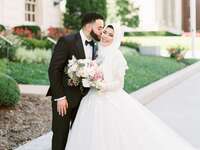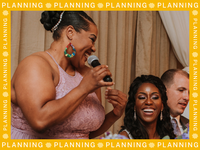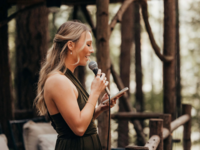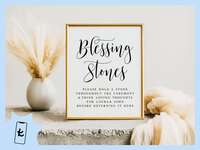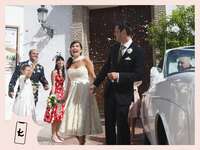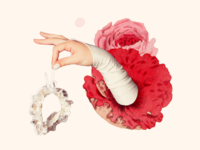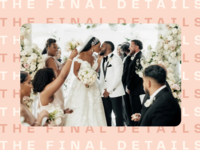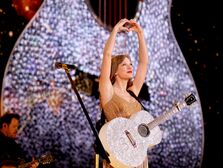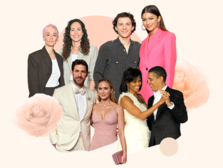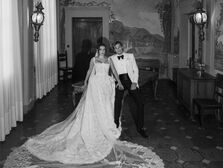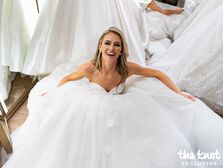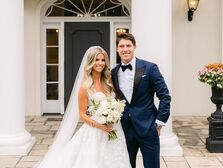What Makes Pakistani Wedding Traditions So Unique
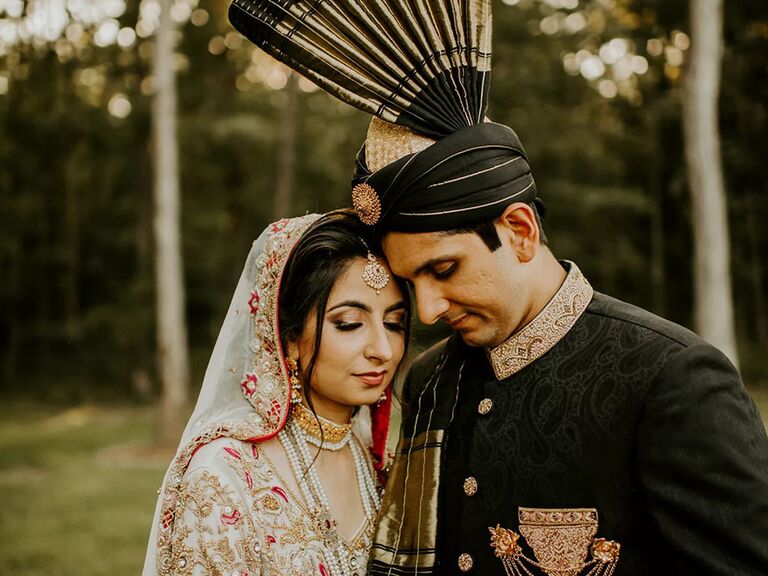
While most Western wedding ceremonies last a day or two, weddings in Pakistan can last up to ten days. Typical Pakistani wedding traditions involve religious rituals and ceremonial celebrations, and these marriage events include beautiful colors, lively music, and extravagance. Like so many other cultures around the world, Pakistani weddings celebrate the union of two families with fervor and glee. Let's look at some of the ways couples from Pakistani backgrounds tie the knot.
A Brief History of Pakistani Wedding Traditions
Throughout Pakistan's history, wedding customs have shifted in small ways and remained the same in others. When Pakistan was partitioned from India in 1947, they began to create their own traditions while taking inspiration from Indian ceremonies, making for unique wedding practices shared by the people of both countries.
Pakistani Prewedding Traditions
For Pakistani couples, the pre-wedding celebrations are just as important as the ceremony itself. First is the Dholki, a pre-celebration that takes place about one to two weeks before the main celebrations. This is where the bridal party, close friends and family members of the engaged couple will sing and dance traditionally while beating on a dholak drum.
The night before the main ceremony is the mehndi, or henna night. This is when the bride has intricate henna patterns drawn onto her hands and feet to symbolize luck, joy and love. Sometimes the groom's name is hidden amongst the intricate detail. In recent years, the groom has also become involved in this day, where his loved ones will apply oil to his head. These celebrations also include music and dancing.
Another common ritual is the baraat or barat. It's a cheerful wedding procession for the groom with live music, such as a dhol, and dancing as the groom is placed on a ceremonial horse. His guests will then dance in front of him on this procession.
Pakistani Wedding Attire
Instead of wedding dresses, Pakistani brides traditionally wear an embroidered brightly colored shalwar kameez, sari or lehenga. The groom wears a casual black or white shalwar qameez, sherwani or a Western suit. Their attire is usually extravagant and elegant, with intricate beading and embellishments that are woven into the fabric. Brides may wear red, as it's a color that symbolizes love and passion.
Wedding Guest Attire
For ladies attending these wedding events, you can wear a colorful, elaborate fabric draped across the body from shoulders to ankles known as a saree, or a lehenga which is a long embellished skirt and top with a scarf or dupatta. Men can wear a sherwani, which is like a long jacket with trousers.
Pakistani Wedding Ceremony Traditions
Arguably the most important part of the marriage ceremony is the Nikah or Nikkah. This is the formal ritual where the bride and groom exchange vows and make promises to one another. But before the couple is even allowed to see each other at the Nikah, a Mehr (symbolic presentation of gifts or money) is given to the bride by the groom.
During the Nikah, the couple might perform the Munh Dikhai. This is where the bride and groom will look at each other in the mirror while wearing an embroidered shawl over their heads, also called the "showing of the face." After the Munh Dikhai, the two will then help each other taste honey as a symbol of their marriage's sweetness.


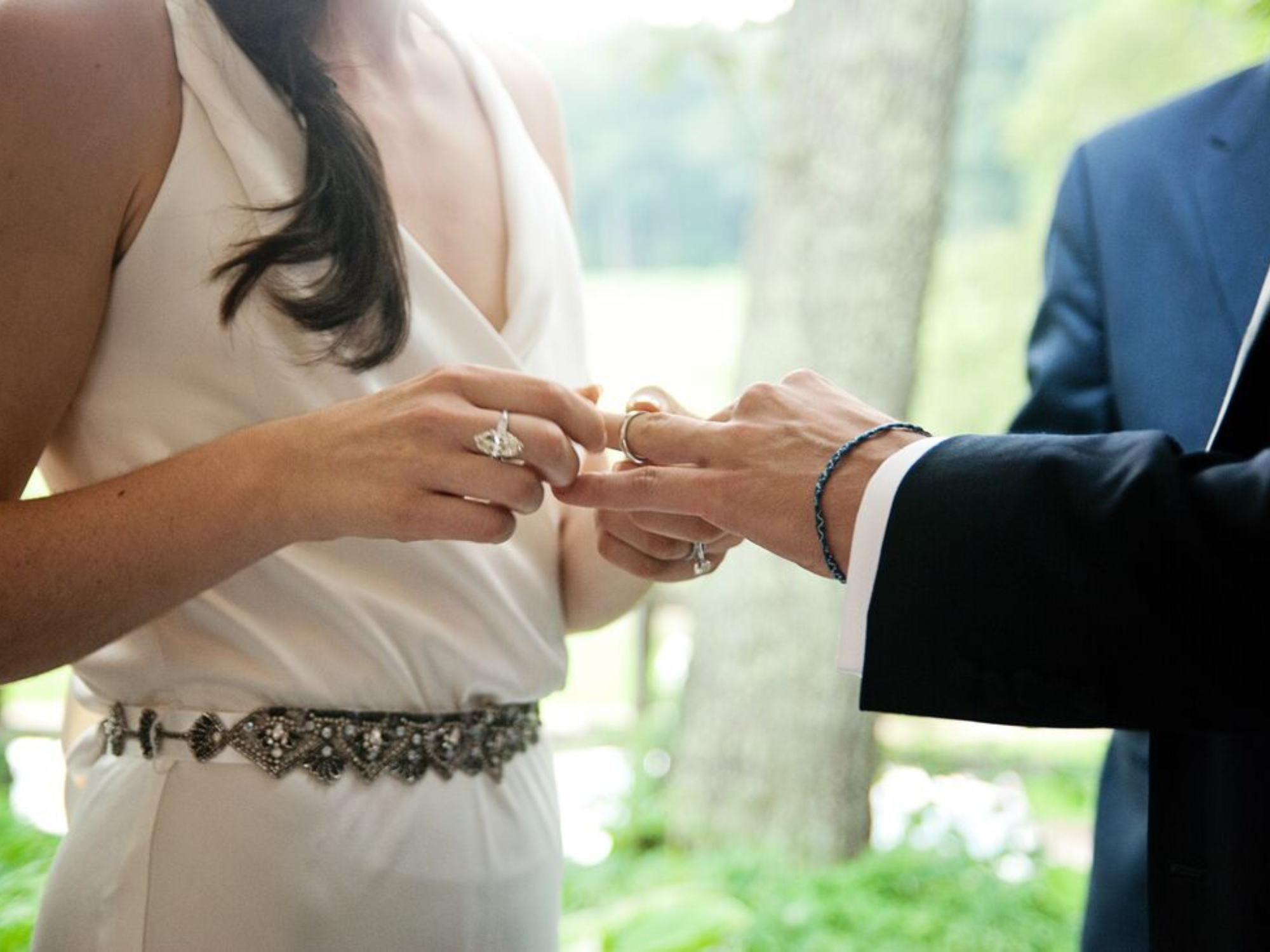
Once the ceremonies and their traditions are finished, the marriage contract can be signed along with two male witnesses. The newlyweds will repeat "qubool hai", or "I accept", three times to make their marriage final.
Pakistani Wedding Reception Traditions
A Pakistani wedding reception is called the Walima or Valima and it comes after the Nikah ceremony. This dinner is usually organized by the groom's family once the marriage has been made official, and it celebrates the union of the two newlyweds and their families. Wedding reception attire for the groom may include a formal suit or tuxedo, and the bride will wear a dazzling dress with gold jewelry provided by her new husband. Many guests and close relatives attend this reception, a huge celebration full of music, dancing, and food. The reception venue plays a big part in the big day, often including extravagant decorations, lighting, and florals.
The reception is preceded by the Rukhsati or "sending off" where the groom and bride leave the wedding venue together with the elders of the family.
Pakistani Traditional Wedding Food, Drinks & Desserts
Halal meat, or meat prepared according to Islamic law, will be served as part of Pakistani wedding traditions. Pakistani cuisine is rich in its flavors, and you can expect delicious, traditional dishes such as tikka, kebabs or street-style food counters. Other options may include chicken yakhni biryani, nihari gosht or haleem served with naan bread or ghee rice. Typical Pakistani desserts include gajar ka halwa, Kheer and Zarda.
There is also the mehndi ki rasam, where the bride is brought forward by her family and sits with her face veiled. Her close family relatives will then apply mehndi to her hands and feed her sweets such as mithai or M&M's.
Pakistani Postwedding Traditions
As in most cultures, Pakistani weddings are followed by a honeymoon. Here it's called a Shab-i-Zifaf, and it refers to the couple's first night together. On the wedding day, the couple's bedroom is decorated with flowers, such as roses or rose petals on the bed, and garlands or strings of roses as bed curtains. The bride's family will lead her to the bedroom where she has a veil or head covering (dupatta or chador) and she will wait for the groom, who is staying with his relatives. Once their families have left, the groom will enter to brush the bride's veil aside to reveal her face. He may also offer his new wife a small token of affection like a ring or heirloom.
On the fourth day after the wedding, it is traditional for the bride's parents to host a dinner called chauthi. This is for the groom's immediate family, and it can involve a lavish dinner and fun traditions like joota chupai, a game of "stealing" and hiding the groom's shoes.
Frequently Asked Questions About Pakistani Wedding Traditions
What are some other frequently asked questions about Pakistani traditional weddings? Here's what you need to know.
What is the typical cost of a Pakistani wedding?
Pakistani weddings are typically lavish and have a lot of guests, sometimes between 500 to 1000 people. The bride's father is the one who would pay, and this can cost around $18,000 to $22,000.
What are traditional Pakistani wedding gifts?
As with any wedding, it depends on what the couple wants or needs. Some Pakistani newlyweds will prefer decoration pieces or crockery items to help set up for their new life, but perfumes, watches or cash are also common gifts.

